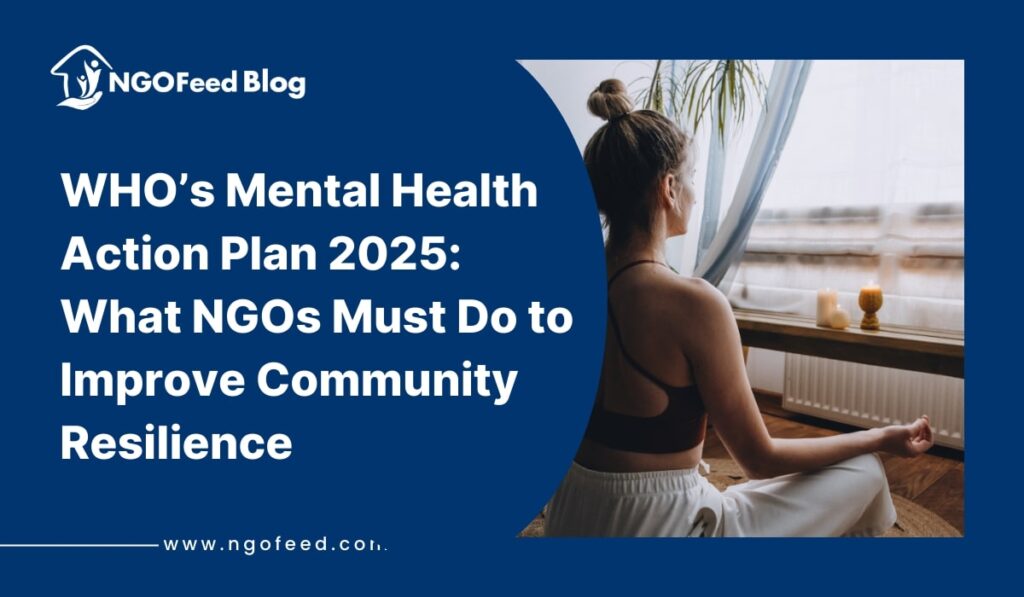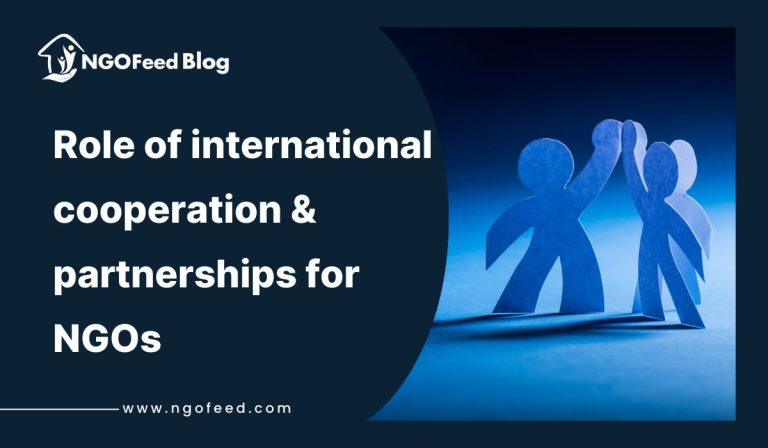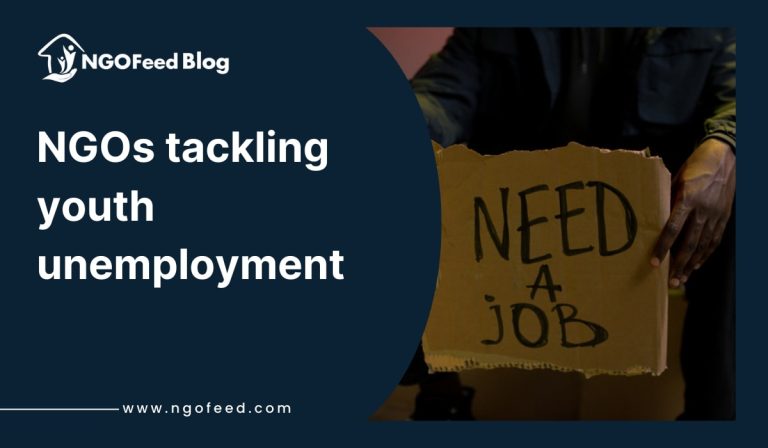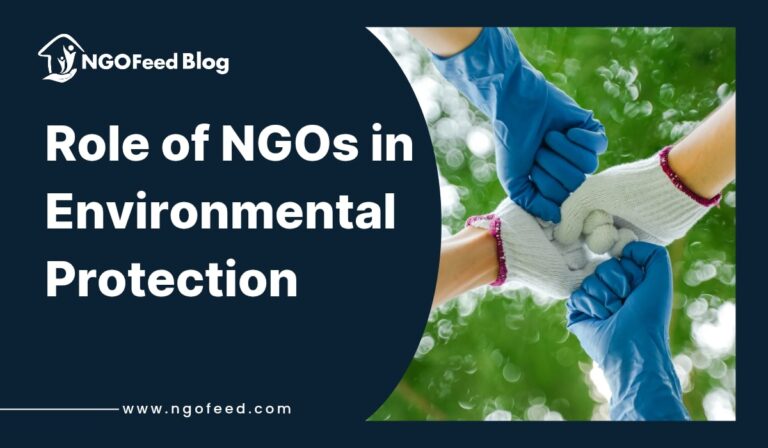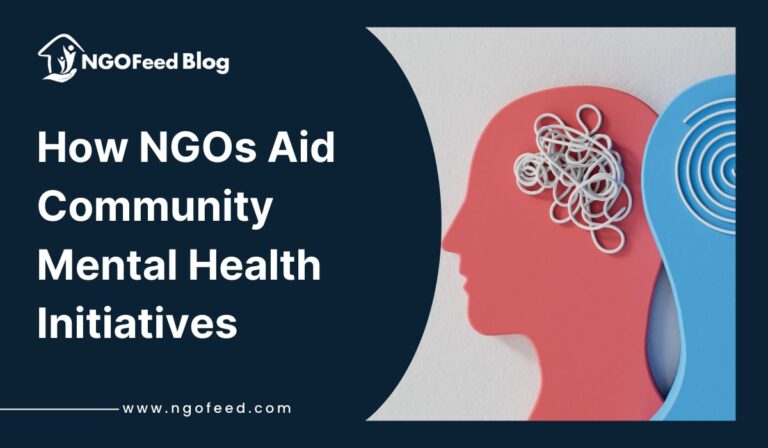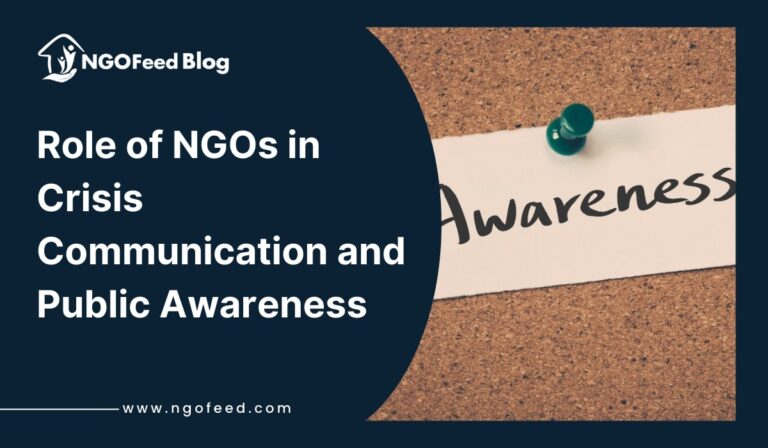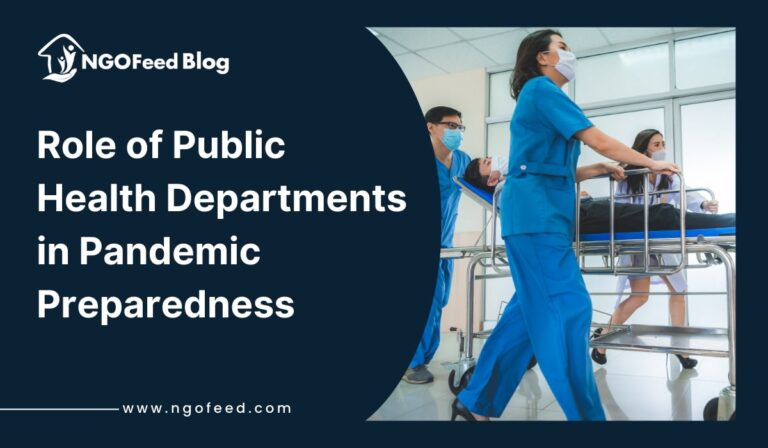WHO Mental Health Action Plan 2030: This guide combines WHO’s benchmarks and operational guidance (and not its stand-alone “WHO Mental Health Action Plan 2025”) to enable rural mental health non-governmental organizations to increase community resilience through leadership, care delivery, prevention, and data systems.
Table of Contents
WHO Mental Health Action Plan 2030: Introduction and Context
What is the WHO Comprehensive Mental Health Action Plan 2013-2030?
- The WHO Comprehensive Mental Health Action Plan 2013-2020 was adopted in 2013 and expanded until 2030, with an endorsement for updates at the 74th meeting of the World Health Assembly in 2021 (World Health Organization, PubMed Central).
- It remains the major international framework to strengthen mental health across countries and is based around four strategic objectives:
1. Leadership and Governance
2. Integrated, Community-based Services
3. Promotion and Prevention
4. Information Systems, Evidence and Research (World Health Organization).
WHO’s 2025 Guidance on Mental Health Policy & Action Plans
- In March 2025, the WHO released updated Guidance on mental health policy and strategic action plans, which provided a clear framework to strengthen leadership, service delivery, governance, workforce capacity, address social determinants, stigma, and increase access (World Health Organization, communitymedicine4all).
- This guide will include modules, including:
- Module 1: Introduction, rationale, and how to use
- Module 2: Key reform areas, directives, strategies, actions
- Module 3: Process for developing, implementing, and evaluating mental health policies
- Module 4: Country case scenarios
- Module 5: Directory of policy area, checklists, action menus (psychrights.org )
Also Read: UNDP India Research on Poverty Reduction and Climate Change Adaptation
Why it matters for rural NGOs
Rural regions face challenges related to:
- lack of availability of mental health professionals
- Social stigma and low levels of awareness
- Greater social inequities (poverty, access barriers)
Thus, the need for NGOs is to amend and translate the WHO frameworks into specific, local actions.
WHO Mental Health Action Plan – WHO Benchmarks and NGO Roles
Strategic Objective 1: Leadership, Governance & Enablers
WHO Benchmarks:
- Embedded mental health in a broader health policy
- Prioritized financing that is sustained.
- Establish oversight and accountability mechanisms (psychrights.org, World Health Organization)
What should NGOs do?
- Advocacy: Lobby local governments to ensure that mental health issues are incorporated into policy agendas and budgets, even when working with rural health strategies.
- Coalition-building: Work in partnership with other NGOs/CBOs to influence governance, share information, and demonstrate impact.
- Build capacity for governance: train local stakeholders and governance bodies to oversee local efforts focused on community mental health, policy development, and monitor progress.
Strategic Objective 2: Community-based integrated services.
WHO Benchmarks: WHO Mental Health Action Plan
- Move away from centralized institutions and towards integrated community-based care.
- Build the workforce through task-sharing (including community health workers) (World Health Organization, PubMed Central).
Also Read: The Role of Greenpeace India in Environmental Research and Advocacy
What should NGOs do?
- Community mental health programming: Work with local health systems (both public and private health settings) e.g. primary health centres to integrate mental health screening and care into existing health systems.
- Task-sharing and training: Give power to community health workers, ASHAs, Anganwadis in India to identify, refer and follow up on mental health needs in communities (after training).
- Mobile or outreach services: Provide a means of regular outreach and access to rural communities, would telehealth be a solution or mental health inputs to village health camps?
- Culturally appropriate models: Recruitment of local healers, faith leaders and trusted community leaders to provide or endorse services, providing legitimacy and decreasing stigma
Strategic Objective 3: Promotion and prevention
WHO Benchmarks:
- Attending to the lifestyle, psychological, social, and economic risk characteristics
- Promoting population-level mental health with upstream strategies (World Health Organization, PubMed Central)
What NGOs must do:
- Awareness and anti-stigma campaigns: Utilize local stories, folk media, and peer testimonials that are designed to reduce stigma and facilitate help-seeking
- Programming on resilience: Utilizing models such as the UNDP’s community based resilience building (CBRB) which are designed to be participatory, multi-sectoral and bottom-up systems (UNDP).
- Youth and school: Using mental health awareness, life skills and social supports in rural schools and youth clubs.
- Economic and social determinants: Collaborating with other actors who focus on addressing poverty and livelihoods, education and housing as they relate to mental well-being.
Strategic Objective 4: Information Systems, Evidence, Research
WHO Benchmarks:
- Build strong data systems for mental health
- Evaluate outcomes and iterate
What NGOs should do?
- Baseline studies: Use swift situational analyses (WHO worksheets in module 3/4) to assess the local mental health picture.
- Monitor & evaluate: Track indicators such as overall service utilization, improvement in symptoms or service uptake in case of referrals.
- Share learning: Collect examples of local or community case studies and share this knowledge to provide a more robust Module 4-style knowledge collection.
- Use survey tools: Build on WHO tools like mhGAP, QualityRights, etc. to look at local data and improve decision-making about service quality (PubMed Central).
Also Read: International Rescue Committee Research on Refugee and Migrant Support in India
Rural NGO Step-by-Step Action Plan for WHO Mental Health Action Plan
Step 1: Situational Analysis and Partnership Formation
- Use the checklist in WHO’s module 3 to specifically consider service needs, gaps, stakeholders, and the context (psychrights.org).
- Convene a local coalition for mental health, including ministries of health, education, social welfare agencies, local government, and local community leaders.
Step 2: Develop objectives, rank interventions, and develop plans.
- Based on Module 2, select relevant policy directives and strategies that align with rural constraints (e.g., task-sharing, mobile services, community awareness).
- Translate WHO objectives into goals for the level of intervention (i.e., NGO level) with a clear timeline and resources.
Step 3: Enhance Community-Based Service Capacity
- Educate community health workers and volunteers.
- Test out mental health services at accessible sites (e.g., health camps, schools).
- Implement pathways to secondary care or telepsychiatry as needed.
Step 4: Develop Promotion & Prevention Campaigns
- Use storytelling, local festivals, and community groups to promote conversations on mental health and build normality.
- Focus on youth, women’s groups, farmers, the elderly, and develop a tailored message for each group.
- Include suicide prevention and early recognition of stress – consistent with global action plan targets (ResearchGate).
Step 5: Monitor, Document & Advocate
- Monitor use and outcomes.
- Creating stories: reporting progress is a case study (Module 4 country scenarios can serve as a model for cases; see psychrights.org).
- Use findings to advocate for mental health inclusion in rural health budgets and schemes, and ensure sustainable advocacy in the process.
Also Read: CARE International Studies on Women Empowerment and Livelihood in Rural India
Integrating Rural Resilience Models
When we can incorporate strategies such as the UNDP‘s Community-Based Resilience-Building (CBRB) people may see more impact on mental health:
- Bottom-up engagement: Allow communities to agenda set their own mental health aspirations and involve them in co-development participatory planning process (UNDP).
- Cross-sectoral commonality: Integrate with livelihood, disaster preparedness, and education initiatives that the community may already be engaged with.
- Vulnerability and inclusion: Reach the most marginalised still (women, low-caste, tribal etc).
An Illustrative Example (Hypothetical)
Rural NGO “Sangharsh” in Maharashtra, India:
- Conduct community consultations to assess needs.
- Train ASHAs and Anganwadi Workers in basic mental health screening and referral.
- Run monthly “man aur manthan” dialogue sessions in villages, with stories and psychoeducation, breaking stigma.
- Coordinate with the nearest PHC to allocate time for a visiting psychiatrist monthly, plus teleconsultation support.
- Track referrals and symptom improvements; share outcomes with the local panchayat to secure budget for a permanent counselor.
- Over time, embed mental health in local health planning, turning it into a sustained program.
Summary Table of NGO Roles Aligned to WHO Objectives
| WHO Strategic Objective | NGO Roles in Rural Context |
|---|---|
| 1. Leadership & Governance | Advocacy, coalition-building, capacity-building for local governance |
| 2. Integrated Services | Task-sharing, mobile care, cultural adaptation, referral networks |
| 3. Promotion & Prevention | Awareness campaigns, resilience-building, addressing determinants |
| 4. Data & Research | Situational analysis, monitoring, documentation, use of WHO tools |
Also Read: Research by ActionAid India on Women’s Rights and Social Inclusion
Conclusion
Rural NGOs have the potential to accomplish the following by aligning with WHO frameworks and making reference to the latest 2025 guidance:
- Prioritizing mental health in local agendas
- Developing locally-accessible, locally-relevant, community-based services
- Shifting from silence because of stigma to community empowerment and resilience
- Collecting evidence to help sustain and grow programmes.

